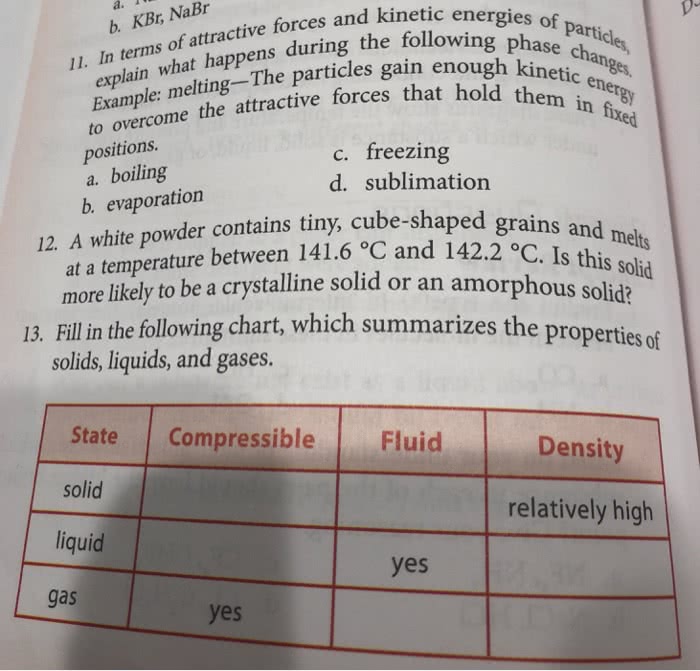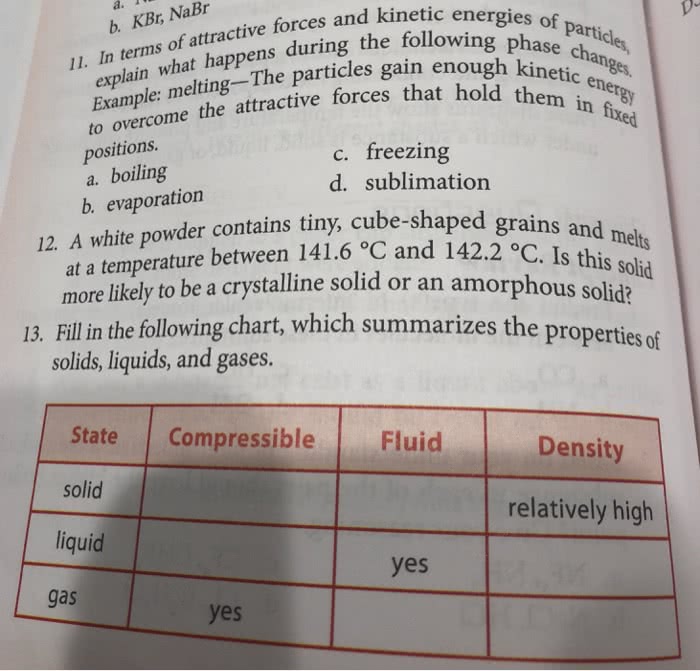CHEM 1001 Chapter : Periodic Table
Document Summary
These oppositely charged ends will attract each other: hydrogen bonds- when a hydrogen atom is covalently bonded to a highly electronegative atom like nitrogen, oxygen, or fluorine (n, O, f), it can exhibit an additional polar attraction. This attraction is called a hydrogen bond: dispersion forces- nonpolar molecules exhibit a dynamic induced dipole, the strength of which increases with molecular weight. The resulting dipole attractions are called dispersion forces or london dispersion forces. The gas laws: kinetic molecular theory of a gas, postulates, 1. The particles of a gas are in rapid constant motion: 2. the particles of a gas are tiny compared to the distance between them, 3. There is little attraction between the particles of a gas: 4. Collisions between gas molecules are perfectly elastic. (bump and bounce away from each other: 5. The volume of the gas is 2. 00l at 0. 524atm. The piston is moved to increase the pressure to 5. 15atm.



